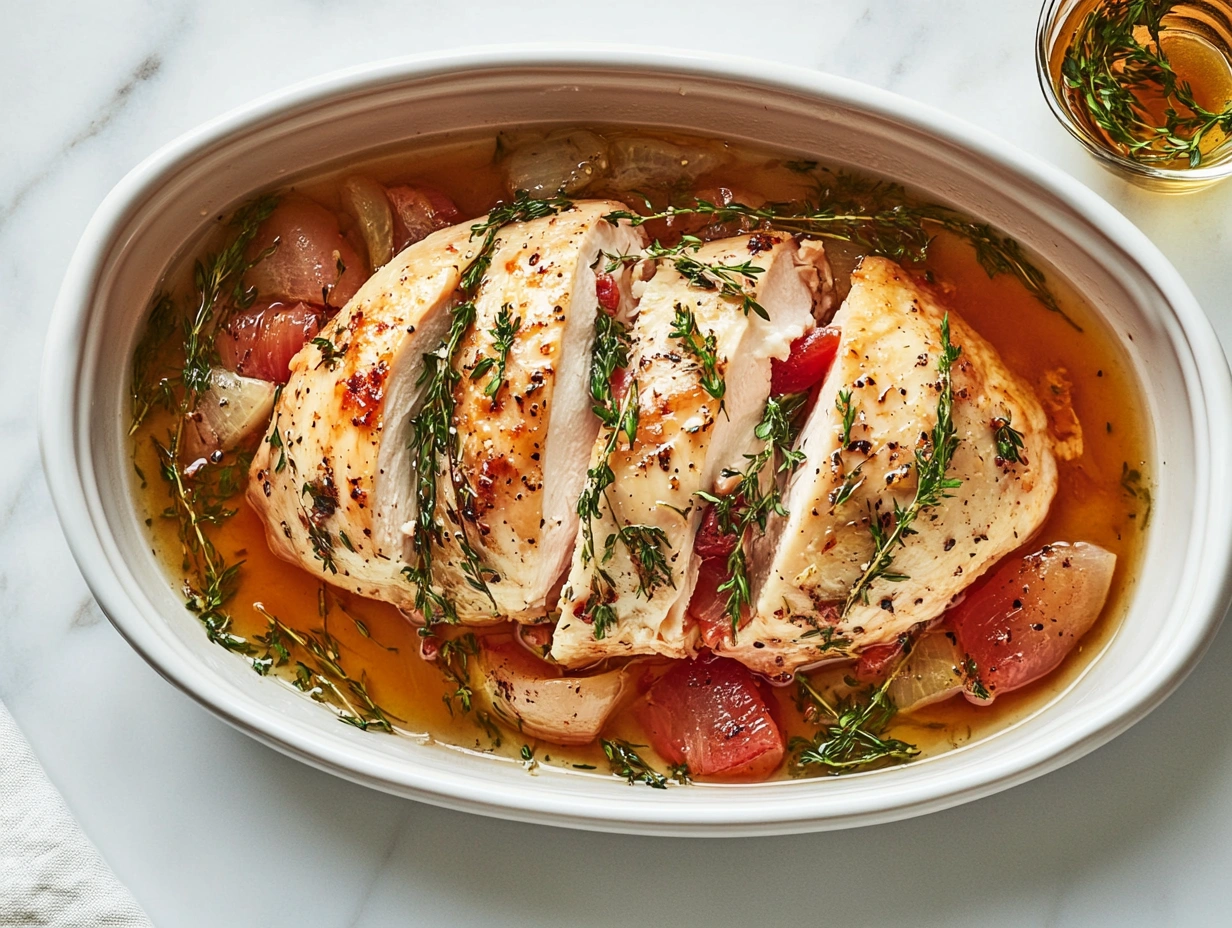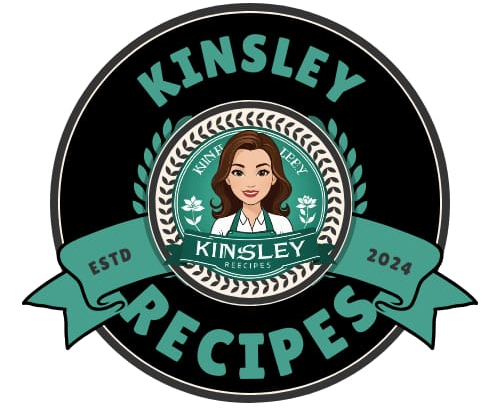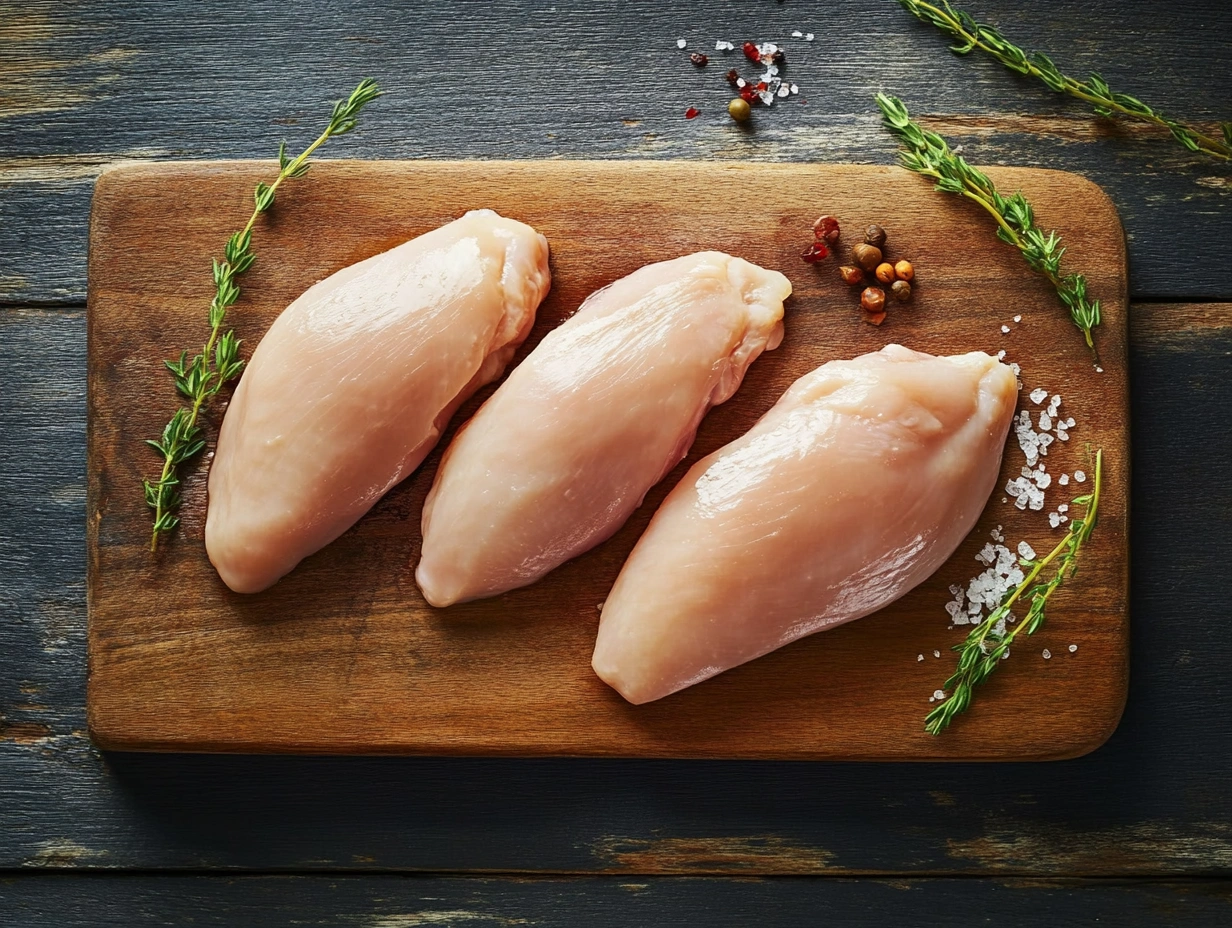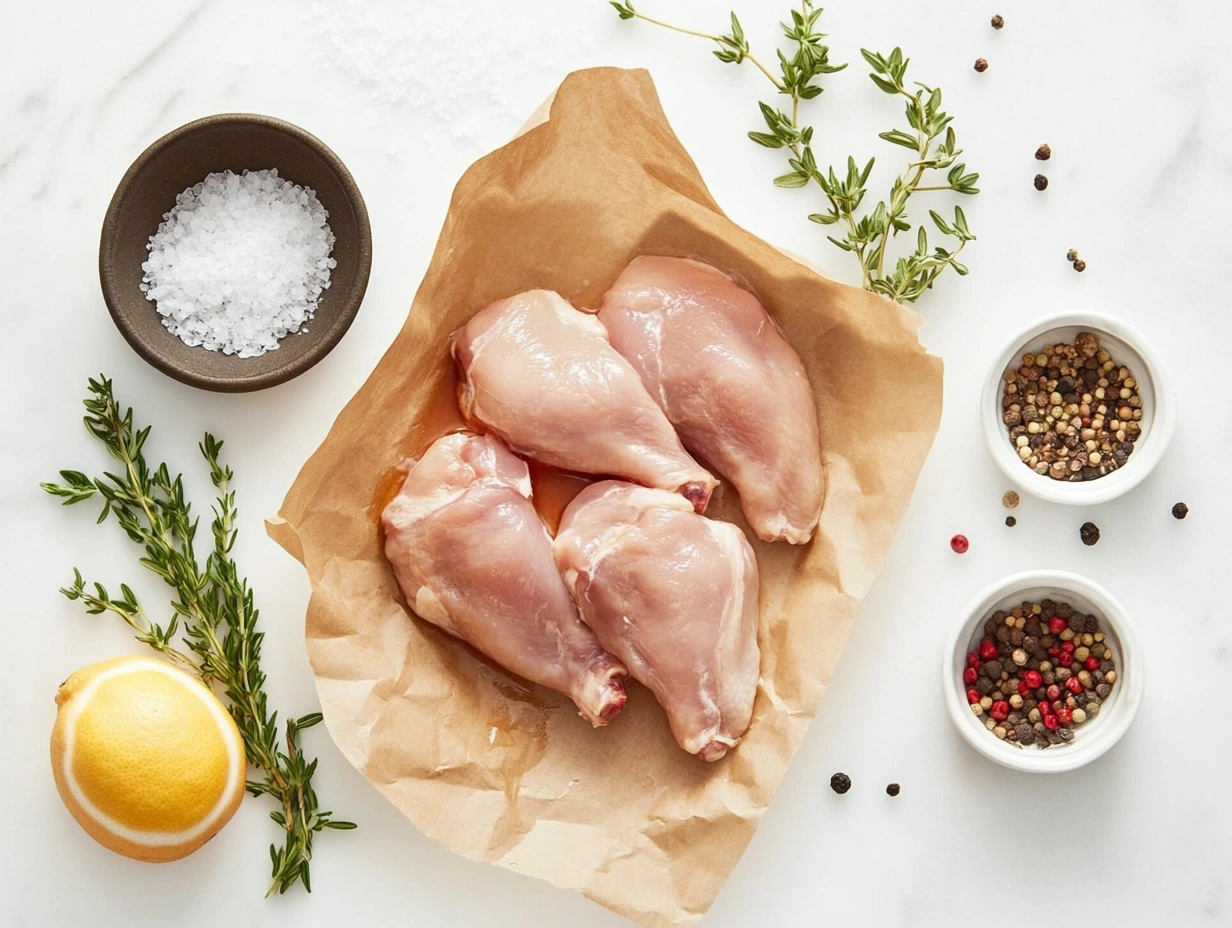Cooking chicken breast that’s juicy, tender, and full of flavor seems like a mystery reserved for top chefs. Many home cooks struggle with dry, stringy meat no matter how carefully they prepare it. So, what is the secret to moist chicken breast? The answer lies in mastering the right techniques—from brining to precise cooking temperatures—and avoiding common pitfalls that lead to dryness.
This comprehensive guide will unveil every trick, backed by culinary science and professional kitchen experience, to help you cook the most delicious chicken breast you’ve ever tasted.
Let’s break it down.
Understanding Chicken Breast: Why Moisture Matters
Chicken breast is a lean cut of meat. It’s naturally low in fat, which is great for those seeking nutritious meals, but it also makes it vulnerable to drying out during cooking. Without connective tissue and intramuscular fat, it lacks the built-in moisture that protects cuts like thighs.
Moisture retention is influenced by:
-
Protein structure
-
Cooking time and temperature
-
Preparation methods (like brining or marinating)
-
Resting time after cooking
Before diving into techniques, let’s explore the scientific reason why chicken breast loses its juiciness.
The Science of Dry Chicken: What Goes Wrong?
When you cook chicken, the proteins begin to tighten and squeeze out moisture. Overcooking exaggerates this effect. The goal, then, is to reach a safe internal temperature without crossing the line into dryness.
According to the USDA’s official guidelines on poultry temperature, the safe internal temperature for chicken is 165°F (74°C). However, some chefs pull it off the heat at 160°F and allow it to rest, as carryover cooking brings it up to the safe zone.
Another frequent issue is skipping the brining step, which helps lock in moisture before heat even touches the meat.
For example, if you’re asking why is my chicken breast tough in the slow cooker, it’s likely due to temperature mismanagement or lack of moisture in the recipe.
Moisture-Locking Methods That Work
Brining: The Undisputed Champion
Brining works wonders for dry meats. It’s a process of soaking chicken in saltwater to help the proteins retain moisture during cooking.
Why it works:
-
Salt alters the protein structure
-
Encourages water retention
-
Enhances natural flavor
Brining Tips:
-
Use 1/4 cup kosher salt per 4 cups of water
-
Add a bit of sugar or citrus-free herbs for added flavor
-
Brine for 30 minutes to 4 hours
You can also explore dry brining—just rub the salt directly on the chicken and let it sit uncovered in the fridge.
Marinating: Flavor and Tenderness Combo
While not as powerful as brining, marinades offer double benefits: flavor infusion and tenderizing. A good marinade uses oil, acid, and herbs.
Best Moisture-Retaining Marinade Ingredients:
-
Greek yogurt or buttermilk
-
Olive oil
-
Garlic and onion powder
-
Lemon zest (avoid too much acid as it can toughen the meat)
-
Honey or maple syrup for subtle sweetness
Avoid marinating for more than 24 hours; the acid can make the texture mushy.
Use the Right Temperature
Slow and gentle heat ensures the meat cooks without drying.
Best practices:
-
Bake at 350°F (177°C)
-
Use a meat thermometer for accuracy
-
Let it rest after cooking for 5–10 minutes
Sous Vide: The Foolproof Technique
Sous vide involves vacuum-sealing chicken and cooking it in a temperature-controlled water bath. According to Serious Eats, this technique guarantees even cooking and incredible juiciness.
To understand the technique better and see how to do it at home, check out this complete guide to sous vide cooking from Serious Eats.
Sous Vide Benefits:
-
Precision control
-
No risk of overcooking
-
Enhanced flavor retention
Set your sous vide to 145°F for 1.5 hours, then sear quickly on a hot skillet to finish.
Common Cooking Mistakes to Avoid
Avoiding these mistakes can transform your chicken game:
-
Cooking straight from the fridge (always let it rest at room temp for 15–20 minutes)
-
Skipping seasoning
-
Not preheating the pan or oven
-
Cutting into chicken immediately after cooking (let it rest)
Pan-Searing + Oven Finish: A Winning Combo
One of the most reliable techniques for moist chicken breast:
-
Sear chicken in a hot skillet for 2–3 minutes per side.
-
Transfer to a preheated oven (350°F) for 10–15 minutes.
-
Let it rest before slicing.
This method offers caramelization from the skillet and gentle heat from the oven.
Resting Time: The Final Step Most Skip
When chicken rests, juices redistribute. Cutting too soon allows all that flavorful liquid to spill out. Cover with foil and wait. Just five minutes makes a noticeable difference.
Best Cutting Techniques for Juicy Slices
Cut against the grain to shorten muscle fibers. This improves texture and keeps juices inside each bite. Also, slicing at a slight angle adds tenderness.

What to Put on Chicken to Keep it Moist
-
Olive oil rubs
-
Ghee or clarified butter
-
Yogurt-based coatings
-
Foil tents during baking
-
Broths and pan sauces
Tip: Use pan drippings and butter to create a quick glaze—pour over the chicken right before serving.
Meal Prep Chicken That Stays Tender
Moist chicken breast isn’t just for fresh dinners. You can prep ahead if you:
-
Store it with its cooking juices
-
Use airtight containers
-
Reheat gently (not in a microwave on high!)
Steam or pan-reheat with a splash of broth for best results.
Learn the best ways to reheat leftover chicken without sacrificing moisture or flavor.
Tools Every Home Cook Needs
-
Instant-read thermometer
-
Cast iron skillet
-
Oven-safe pan
-
Sous vide precision cooker
-
Foil for tenting
Chicken Breast Moisture Checklist
✅ Brine or marinate ahead
✅ Use a thermometer
✅ Cook at moderate heat
✅ Let it rest before slicing
✅ Store and reheat correctly
Recipes That Always Turn Out Juicy
Oven-Baked Chicken Breast
-
Brine for 1 hour
-
Pat dry, rub with olive oil, and season
-
Bake at 350°F for 25 minutes
-
Let rest under foil
Grilled Chicken Breast
-
Marinate in yogurt, garlic, and herbs
-
Grill on medium heat, 5 mins per side
-
Use a thermometer for doneness
-
Rest before serving
How Restaurants Make Juicy Chicken Every Time
Professional kitchens use:
-
Brining tanks for flavor and moisture
-
Vacuum sealing for sous vide cooking
-
Butter basting on the grill
-
Precise timing with thermometers
-
Steam ovens or combi ovens

FAQs: What Is the Secret to Moist Chicken Breast?
What is the best way to cook chicken breasts to keep them moist?
Gentle heat and a thermometer. Baking at 350°F or sous vide at 145°F guarantees moisture if you rest the meat afterward.
What can I put on my chicken to keep it moist?
Use olive oil, ghee, or yogurt-based rubs. Cooking with a foil tent or in a covered dish traps moisture.
What is the best way to cook chicken breast without drying it out?
Avoid overcooking. Pull it at 160°F and let it rest. Brining beforehand also makes a huge difference.
How do restaurants get their chicken breasts so juicy?
They brine, cook sous vide, and use professional gear like combi ovens. Plus, they measure temperature for perfect timing.
Can you make chicken breast moist without brining?
Yes, but you’ll need to marinate well, avoid overcooking, and use proper resting and reheating methods.
Should you cover chicken when baking to keep it moist?
Absolutely. A foil cover helps trap steam and prevent dryness.
Conclusion: Moist Chicken Breast, Made Simple
Cooking chicken breast that’s juicy, flavorful, and not dry is easier than you think. With a few simple techniques like brining, marinating, and using a thermometer, you can elevate your chicken game to restaurant-level results. Avoid common pitfalls, respect the resting time, and treat your meat with care.
Now that you know what is the secret to moist chicken breast, it’s time to put this knowledge to work in your own kitchen. Whether you’re meal prepping or cooking dinner for guests, these tips will ensure every bite is tender and satisfying.


